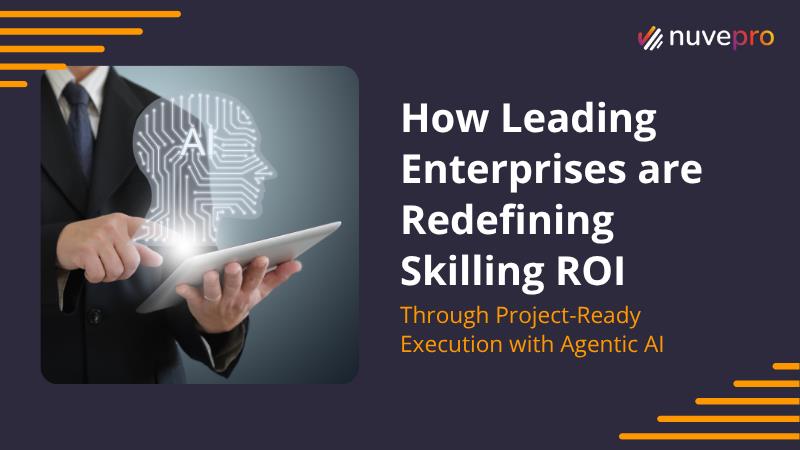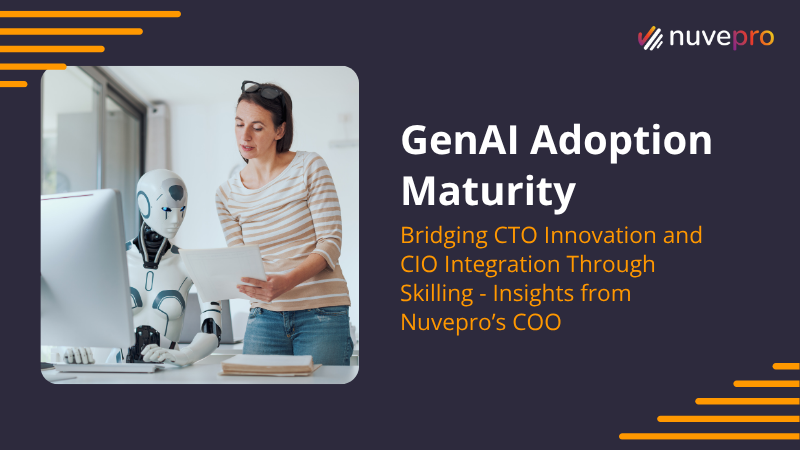Bite-sized learning typically ranges in duration from 1 to 10 minutes and is usually focused on one or two tightly defined learning objectives.
If you have ever been on a diet, you know that it can be tough to keep your weight off. Most people tend to slip back into their old eating habits as soon as they get busy. But what if there was a way to stay on the diet without actually having to think about it?
This is exactly what bite-sized learning can do for your training. The concept of bite-sized learning was created to solve a problem. It was designed to help people learn and retain knowledge when they did not have the time to sit down for a typical class.
Satya Nadella, the CEO of Microsoft said, “The true scarce commodity of the near future will be human attention.” According to a study by technology giant Microsoft, the attention span of people has fallen from 12 seconds to 8 seconds — thanks to the mobile revolution and increasingly digitized lifestyle.
Here is an example of what bite-sized e-learning looks like.
In the image attached above, you’ll notice that the course is 14h 16m but broken down into 1-8 minutes of snippets. This ensures the learner can find the relevant course. And can learn at his convenience.
But, what does this mean for L&D?
Businesses are now adopting the idea of implementing L&T strategies which are based on bite-sized learning formats. This helps in utilizing bite-sized learning to its fullest and getting the best ROI.
Here are 5 steps to implement bite-sized learning into your Learning and development strategy:
#1: Create training goal
The first step is to identify the training needs and set the right goals. Bite-sized learning can be implemented as a learning model based on the skills that are to be improved.
Fitting in learning time into gaps in employees’ schedules works better than setting aside a big chunk of time meant just for learning. Who wouldn’t want to learn as they go and then implement right away?
#2: Create lessons based on employee’s learning gap
Bite-sized learning is based on the concept of personalized learning. How does it work?
It is easy to look up a particular topic that is to be learned when 14 hours, of course, are divided into minute-sized clips. In this example, we have subtopics in our course- solution architect.
The first sub-topic – Basic Infrastructure Design is further broken down in minutes with named topics.
This makes searching for the required topic easy, and interesting and brings about a quick implementation of theoretical learning.
#3: Evaluate the platform
Bite-sized learning works because it’s attention-grabbing and interactive. Creative presentations, audio/video files, assessment features- All of these can be used to ensure there’s practical learning.
Practising concepts in a virtual environment gives a grasp of the subject. It can be done in two ways-
1. Learning a topic based on an instant need and implementing it right away. This is the one that we are all guilty of doing.
2. The other is when we learn the theory, and practice in a real-world environment to get a good hold of the concept.
This is where choosing the right platform comes into the picture. If you are creating your own bite-sized learning modules or even using existing ones.
Does the platform allow you to get hands-on practice?
Bite-sized learning is only helpful when it fulfills all our learning needs- right from theory to practice. The above screenshot from the Udemy course has labs integrated with small tasks to work on right after the theory is done.
Bite-sized wholesome learning.
#4: Make bite-sized learning available anytime, anywhere
It takes off the burden from the L&D team when the course completion rate isn’t a challenge anymore. The investment in the course has been used right and implemented to skill up the team.
EdApp reports that “typical e-learning courses have completion rates under 20%,” while “bite-sized courses regularly hit 90%.”
Being able to address learning needs at our convenience and reaping the benefits right after is the best way to fill knowledge gaps.
#5: Evaluate the Goals of providing bite-sized learning
As it goes with any upskilling/ reskilling training programs, the outcome is to be evaluated here too. Measuring the success of technical training is as important as providing employee training.
Evaluate your employees’ learning outcomes, seek feedback and accordingly re-evaluate your bite-sized learning to ensure it meets its goals.
Summing up bite-sized learning in corporate:
You can either create your own microlearning courses or enrol in the existing ones. But before you choose to go with it, evaluate the needs and goals.
Bit-sized learning can provide a wholesome learning experience with a 90% completion rate. Customized learning ways pave the way for the instant implementation of the theories.
ROI on bite-sized learning indeed brings out not just the best, but also effective results that can be seen immediately.



